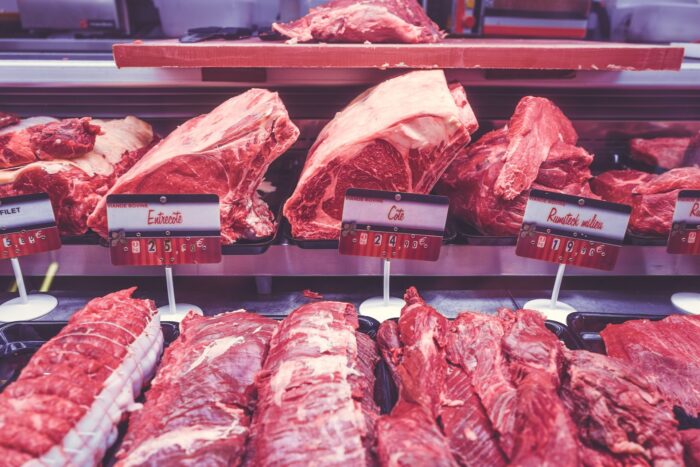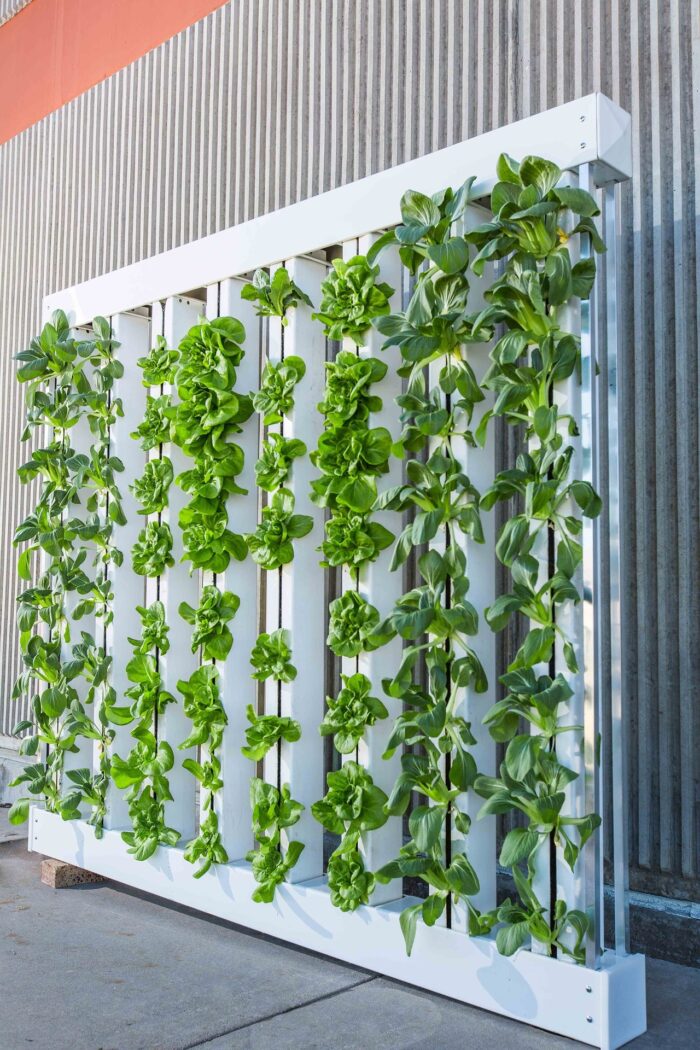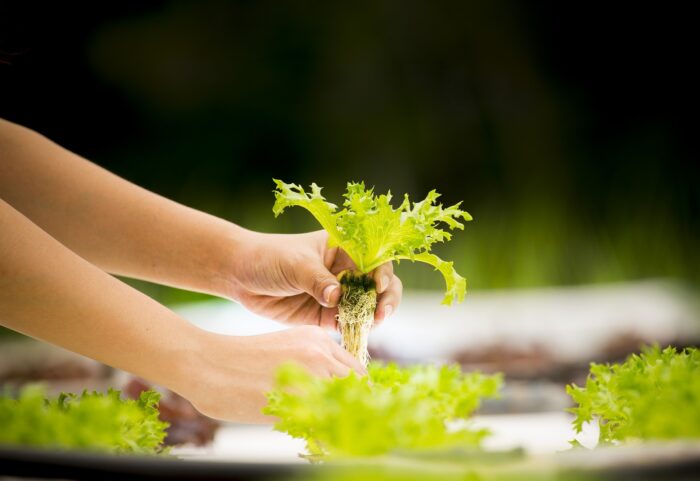Emerging Food Technologies that Could Transform the World
As the world population balloons every year, there is a rising need to increase food security. Deforestation and wastage of food are not helping the already dire situation. Scientists have had to turn their sights to other possible solutions. The solution that appears to be the most viable is technology.
Science and technology have been used to improve crops and animals for years with the aim of increasing their output and quality. The following are emerging food technologies that can revolutionize the world.
Lab Meat
In 2013, the first attempt to produce lab-grown meat was successfully accomplished. A lab-grown burger that costs about $280,000 to produce. As the demands for meat grows, technological advancement could see the cost of producing lab meat going down to $10. Mass producing this could help fill that high demand and ease the pressure on other sources of meat.
With the meat industry, for instance, coming under scrutiny for their massive contribution to global warming. An innovative idea like lab-grown meat can give that industry room to restructure and come up with environmentally friendly ways.
Vertical Farming
Arable land is quickly decreasing. An increase in population and development has seen the arable land left on the planet to be about 2.7 billion hectares. As much as that may seem a lot, the mouths that need to be fed will have hit 9 billion by 2050. To help ease that burden, vertical farming is one option that is being explored.
Vertical farming refers to all farming practices that involve the growing of crops indoors, in warehouses and urban areas. It is expected to be very efficient in countries that have very little arable land left. They use less water and later while producing yields higher than traditional farming methods.
High-Pressure Processing
The science behind canned food operates by storing food in an airtight container that is devoid of any air. Without air, food decomposing organisms cannot survive. However, this still does not guarantee the desired longevity.
High-pressure processing is a method where food packagers increase the shelf life by ten times without affecting taste or quality. It is a cold pasteurization method that puts packaged food into a high isostatic pressure environment of about 600MPa. A pressure that is higher than that in the Mariana Trench. This effectively kills all microorganisms.
To withstand that kind of pressure, food cans will need to be made by quality sealing machines, and nothing beats a Levapack can sealer. This will stop the cans from exploding or getting cracks due to the high pressure.
Super Crops
Super crops are the type that can survive in any climate with little water but is packed with high nutrition content. The technology has been around for years, and it is expected to improve in the coming years. With deserts spreading and water becoming scarce, there is a need to make use of any land available for farming.
Biofortification and selective breeding are the two methods commonly used to create super crops. An example of a superfood is the ‘scuba rice,’ which is designed to survive underwater for two weeks. There are also ‘iron-rich beans’ that can handle a temperature fluctuation of over four degrees.
Desert areas like Sub-Saharan Africa and the middle east can greatly benefit from this tech.
3D Food Printing
3D printing has already been turning heads across many sectors. The possibility of 3D printing food may have sounded crazy a few years ago, but now it looks more of a reality. If this could be pulled off in the near future, the world could see a drastic change in how it views food.
It could reduce wastage by allowing people to customize food to their exact liking, cutting down the time used in cooking. Food manufacturers are the ones poised to benefit from this as they will be able to manipulate ingredients however they like.
Insect Protein
Many tribes in various parts of African countries have been eating insects for ages. Many species of insects have very high protein content, especially those in the ant and termite family. Although the idea is not that widespread in the West, circumstances have forced scientists to start exploring that possibility.
Some insects have a protein content as high as 60% alongside the vital Vitamin B12. That is more calcium than the regular milk that has been our staple for as long as we have existed. Some of the insects that are high potential for this are crickets, caterpillars, silkworms, palm weevil, among others.
There is even talk of harnessing protein milk from cockroaches.
Aquaponics
The combination of fish farming and the growing of food without soil (hydroponics) has been experimented many times before. But it is now that it is starting to take form as the need to create quick solutions to the impending food crisis takes precedence.
The process involves the setting up of two tanks for fish and plants. The water is then circulated from each tank to the other to allow the plants to take what the fish excretes. In exchange, the plants purify the water for the fish. A symbiotic relationship that could be a big hit when upgraded to a larger scale.
Blockchain Tracing
We have witnessed cases of food contamination that ended up costing lives with nobody ever getting brought to book. The inability to trace food to their source has created an avenue for unscrupulous people to take advantage to harm others. With a blockchain system, everything can be accounted for across the supply chains. Everyone who handles food can be identified down to the individual.
A system like this will create an environment of accountability, reducing wastage.
Conclusion
Technology is necessary if the world ever wishes to address all its food problems now and in the future. It is going to take a lot of brains and funds for something worth exploring to come up. However, there is no doubt that a solution is around the corner.















I totally believe in these sort of ideas and they are a great way to grow food for the future.
I don’t know about that lab meat, but I love the vertical farming. Thanks for posting!